10 Interesting Facts About the Healing Art of Reiki
Sunday July 29, 2018 by Marianne Gutierrez 2,540 words
1. The History of Reiki
Dr. Mikao Usui is generally attributed to bringing Reiki to the world and he put all his knowledge and inspiration together in 1922 when he began practicing his form of Reiki in earnest.
He was born in the village of Taniai, Japan, near the Tenyo Shrine to a wealthy Buddhist family in 1865. He studied at a Buddhist monastery where he was taught among other things, Kiko, a Japanese form of Chi Kung (Qi Gong). The aim of Qi Gong is to promote the movement of Qi (energy) in the body. This form of Ki or Qi energy release can be dated back 2,500 years, with some form of Chi Kung dating back 5000 BC.
There were four other styles of Reiki being practiced in the 1920s. Dr Usui or Usui-Sensei as he was reverently called studied hard and travelled widely, taking work where he could, as he learned from the variety of cultures he came across.
Sometime during his years of training in the monastery, Dr. Usui attended his own training rediscovery course in a cave on Mount Kurama. For 21 days, Dr. Usui fasted, meditated and prayed. On the morning of the twenty-first day, Dr. Usui experienced an event that would change his life forever. He saw ancient Sanskrit symbols that helped him develop the system of healing he had been struggling to invent. Usui Reiki was born.
Usui-Sensei became known for his healing practice and is attributed to being the designer of Reiki practiced today.
Benjavisa Ruangvaree / shutterstock.com
2. What Is Reiki?
The word gives the clue, ki meaning energy or life force energy, Rei means God’s Wisdom, or Higher Power. Reiki is a way of releasing energies so that the body can heal itself. Dr Usui used his natural kindness, love and wisdom and passed this ‘energy’ to others. Reiki isn’t just about the energy within, but the universal energy that is attributed to God.
Usui-Sensei’s natural character was gentle and prudent, and he did not keep up appearances. His body was big and sturdy, and his face was always beaming with a smile. But when he faced the difficulties he went ahead with a definite will and yet persevered well, keeping extremely careful. He was a man of versatile talents and also a book lover, knowing well in the wide range from history, biography, medical science, canons of Christianity and Buddhism and psychology up to magic of fairyland, art of curse, science of divination and physiognomy.
Reiki is a belief system that accepts that there are universal energies created by God. Reiki teachers believe they can allow this energy to pass through them and on to others which then inspires those to be morally good, to keep the body healthy and to appreciate their life, all of which can reduce disease. The Reiki teacher twice daily chants 5 Admonitions from the Emperor Meiji: Do not be angry today. Do not be grievous. Express your thanks. Be diligent with your business. Be kind to others.
Usui-Sensei emphasized that, this is surely a secret process to bring a good fortune and also a miraculous medicine to remedy all kinds of diseases.
QueenAnn5 / shutterstock.com
3. How Is It Used?
When Usui-Sensei fasted for 21 days in a cave on Mount Kurama he experienced some extraordinary phenomena. He had set out 3 years previously on a quest to know the purpose of life, which led him to a description of a special state of consciousness that would provide an understanding of the purpose of life. This state is called An-shin Ritus-mei, a state that provides a perfect sense of peace, no matter what the circumstances are. The An-shin Ritus-mei peace is maintained without any effort and wells up spontaneously from within. After three years practicing the art of Zazen Meditation he had still not found it, and went back to his Zen teacher. His teacher said he had to die to himself, he went to the cave and made preparations for death by fasting and meditating for as long as it took to pass to the next life.
At midnight on the 21st day of his fast, a powerful light entered his mind from the top of his head as if he had been struck by lightning which caused him to become unconscious; with the dawning sun he woke and was filled with a state of vitality he had never experienced before. He felt he had a miraculous state of high frequency energy and a new awareness, a gift from the Universe of its’ Energy and Consciousness.
As he left the cave, he fell, stubbing his toe and naturally held his toe to stop the throbbing pain. He became aware of energy flowing from his hands, a heat, and the pain in his toe disappeared and the toe was healed.
Usui-Sensei realised his life purpose at last, to heal and to train others to heal and so he began his practice and the practice of modern Reiki today.
Reiki uses this aspect to heal, by holding out the palms of the hands to the other or using touch and allowing a heat, or energy to pass to the person to heal them. Reiki can also be practiced from a distance and people can post letters or emails of requests for healing. People from all walks of life train and practice Reiki, including medically trained practitioners.
Albina Glisic / shutterstock.com
4. Attunements (Reiju) Help Us to Understand Reiki
Attune means to bring into harmony, and this is the aim of Reiki, to encourage harmony within the body and to promote healing. Reiju can mean attunement, but it also translates to a spiritual blessing or offering.
Attunement is one of the 5 Elements to Reiki. The other 4 are: Reiki Precepts (Gokai) Reiki Meditations and Techniques (includes Kokyû Hô) Hands-on Healing (Tenohira) Reiki Symbols and Mantras.
Gokai refers to the 5 principles which are Kyo dakewa – (Just for today) Ikaru na (Do not be angry) Shinpai suna (Do not worry) Kansha shite (Be grateful) Gyo o hagame – (Do your duties) Hito ni shinsetsu ni – (Be kind to others) which should be said and meditated on daily by the Reiki teacher.
Kokyû Hô is a cleansing technique to include meditation. Tenohira - is the action of allowing Ki (energy) to radiate out from the hands in healing.
Shirushi (symbols) were used by Usui-Sensei to teach the Navy in Japan to heal themselves until they accomplished the ability to have ‘the energy.’ The three important symbols given to the student during their training in attunement are Cho Ku Rei or the power symbol, Sei He Ki or the emotional and mental healing symbol, and Hon Sha Ze Sho Nen or the distance healing symbol. The symbols themselves do not contain a power but are a mnemonic to remind.
Jumon (mantras): The Japanese believed that each word uttered had the mysterious power to come true: influencing the fortunes, or misfortunes, of those who spoke and received them. A sound which invokes a very specific cosmic vibration also thought to be words carrying spirit.
Nikki Zalewski / shutterstock.com
5. Should Reiki Be Free?
The Reiki treatment is simple to receive and as the energy flowing through the practitioner to the patient is freely available - why is there a charge for treatment?
The Reiki teacher must get themselves to a place of peace daily practicing everything they have learned during their training. The training itself is costly and then taking time out from other income sources to allow space in their day to complete this daily routine can be costly too. Therefore, a charge has to be made and what you pay is for the diligence and expertise of the Reiki teacher, so select your Reiki teacher wisely.
Nikki Zalewski / shutterstock.com
6. Benefits of Reiki
The fundamental element of receiving a Reiki treatment is to provide harmony within the mind and body. It is meant to provide peace within oneself and a sense of peace with the environment around you, no matter the situation.
This achievement can then bring about healing in all areas of your life including re-awakening your own sense of self. The benefits are said to be physical and emotional meaning the ability to reduce the symptoms, if not cure, a multitude of ill-health issues from depression to multiple sclerosis.
wavebreak media / shutterstock.com
7. Reiki Is Self-Empowering
What is self-empowerment?
We often think self-empowerment means ‘feeling good about ourselves’ and this pumped up egoic sense of self is not always particularly helpful. Self-empowerment requires a deep and sincere willingness to look at what you do to yourself to keep yourself diminished, and the courage to change it.
Raison d’etre is about discovering the purpose of your life and how to help yourself to be a more rounded individual, to live the life that you want. Dr. Mikao Usui brought the modern approach to Reiki that is used today, but it is all based on the Japanese Reiki that came before it. Reiki aims to help you to discover the purpose of your life, the truth within you by the flow of energy that brings harmony and peace.
Empowering self is not about inflating the ego. It is about your own instinct and your own choices that may have been muddied by the views of others, whether that view was from your parents, your guardians, your teachers, the rules from school and religions. We often take other opinions on board, Reiki aims to encourage you to discover your own from within.
…how enriching and empowering it is for us to take our own counsel before taking the opinions of others. When we listen to ourselves first, we become much better judges of what is best for our own growth and health – and we become much more discerning on listening to the opinion of others …… There are very few people on this planet who are so clear of their own baggage that they can give you uncluttered advice ……. By the time we reach adulthood, most of us have no idea what is really ‘me’ and what has been poured into our minds by others. Reiki works by balancing us out – on all levels ……. When we stand in our own power, and when we learn to listen to our own counsel, the world is a whole lot less scary, and a whole lot more fun.
pathdoc / shutterstock.com
8. Reiki Cleanses
Reiki, using Kokyû Hô, is meant to cleanse physically and emotionally by meditation, which allows for spiritual growth. Reiki has been found to assist the body in clearing out the toxins to support the immune system. There is no doubt that when stress is reduced, the muscles are more relaxed and the body can do its job of detoxing more thoroughly. This decluttering of toxins naturally clears the mind which improves clarity.
Some Reiki teachers recommend a 21 day programme to include the aspects Dr. Mikao Usui practiced on his 21 day fast. Not everyone is convinced that he fasted completely (i.e no food whatsoever) for 21 days. It is thought he did different things on different days.
A Reiki 21 day programme should never advise not eating during that time. Fasting means abstaining, which means from some foods but not all food, or it may mean fasting (giving up, abstaining) from something one likes to do for a time (i.e dancing) in order to do something else (i.e meditation).
Nikki Zalewski / shutterstock.com
9. What Is the Evidence?
On the website Reiki Stories there are accounts of Reiki healing from a burned hand to cancerous tumors.
Beatrice sent in a healing request to the International Center for Reiki Training (ICRT) for a seven-year-old girl who had suddenly taken ill and had all the symptoms of meningitis. She had swelling around her brain, became unconscious, and was rushed to Guy’s hospital in London, where she was put on life-support. The parents were told the little girl might be brain-damaged–if she regained consciousness–and that she might not be able to breath on her own. They were told also that at some point they might need to decide to switch off life support and let her die.
After the healing request was sent in, she improved, was taken off life support and allowed to go back home. Not only could she talk, but she was dancing and singing. She attends school, but continues to be monitored and does require some physiotherapy for one leg. But this has been a profound recovery!
If you have a medical or psychological condition, it is recommended that you use Reiki in conjunction with the help of a licensed health care provider.
An interesting experiment with Rice. One jar was ‘reiki’d’ and the other wasn’t. See the difference after a week or so! The Rice Did Not Deteriorate.
Monica Wisniewska / shutterstock.com
10. Is There Any Science to Support the Healing Qualities of Reiki?
Science Based Medicine has this view:
Reiki is therefore a form of vitalism – the pre-scientific belief that some spiritual energy animates the living, and is what separates living things from non-living things. The notion of vitalism was always an intellectual place-holder, responsible for whatever aspects of biology were not currently understood. But as science progressed, eventually we figured out all of the basic functions of life and there was simply nothing left for the vital force to do. It therefore faded from scientific thinking. We can add to that the fact that no one has been able to provide positive evidence for the existence of a vital force – it remains entirely unknown to science.
The University of Minnesota and their department Taking Charge of Your Health and Wellbeing has a more rounded and reasoned view.
In view of the research dilemma posed by the ambiguity of the term stress, brain researcher Bruce McEwen of Rockefeller University has proposed a new model using the terms. Allostasis refers to the body’s attempt to protect itself and regain homeostasis, and allostatic load refers to the damage that accumulates when those attempts are poorly managed and the stress response runs amuck.
Other published studies have looked at the effect of Reiki on measures of stress hormones, blood pressure, heart rate, and immune responsivity, and on subjective reports of anxiety, pain and depression. The studies to date are typically small, and not every study is well designed. However, overlapping data from some of the stronger studies support the ability of Reiki to reduce anxiety and pain, and suggest its usefulness to induce relaxation, improve fatigue and depressive symptoms, and strengthen overall wellbeing. The Cochrane Database of Systematic Reviews contains a review on the use of touch therapies (including Reiki) for pain and a protocol for use of Reiki for psychological symptoms. Reiki has been increasingly offered as part of workplace wellness programs to address burnout and improve skills in healthcare and other industries, as well as in university wellness centers.
toodtuphoto / shutterstock.com

16 Warning Signs of Lupus to Watch Out For
1. Unexplained Fever Lupus can affect everyone differently and some may have …
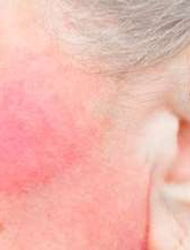
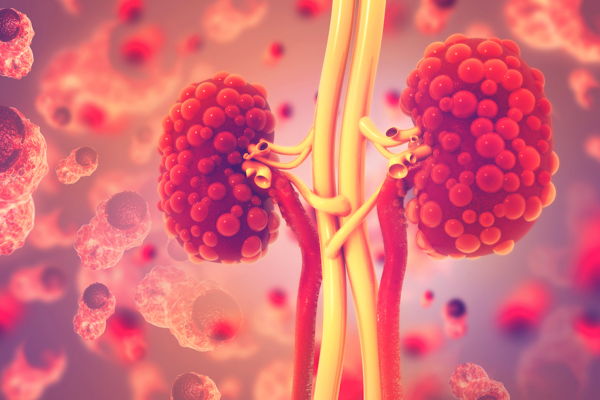
21 Features of Kidney Disease
1. Dizziness Kidney Disease is when the kidneys are not filtering blood …

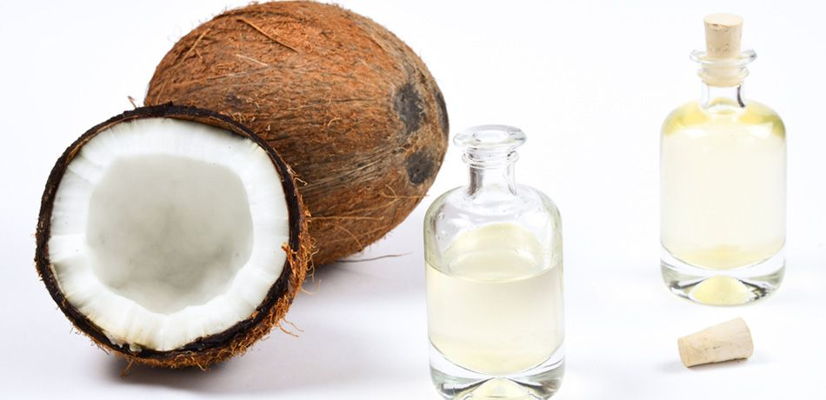
Top 10 Foods to Nourish Your Thyroid
Did you know that the food you eat can affect your thyroid health? Some foods …

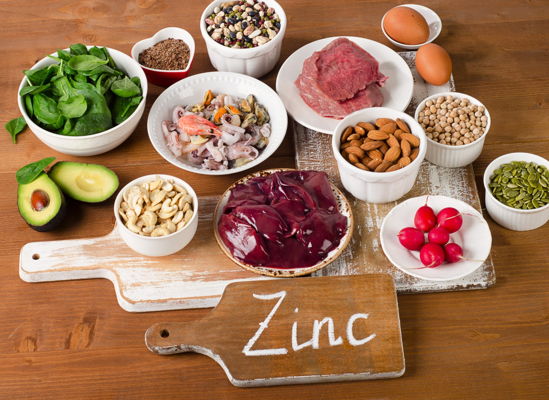
12 Facts About Your Borderline Personality …
1. It's Finally Classified As a Mental Illness Borderline Personality Disorder, …


12 Common Factors That Trigger Rosacea …
1. Makeup Some products used on the face and body or in the mouth ie: make-up, …

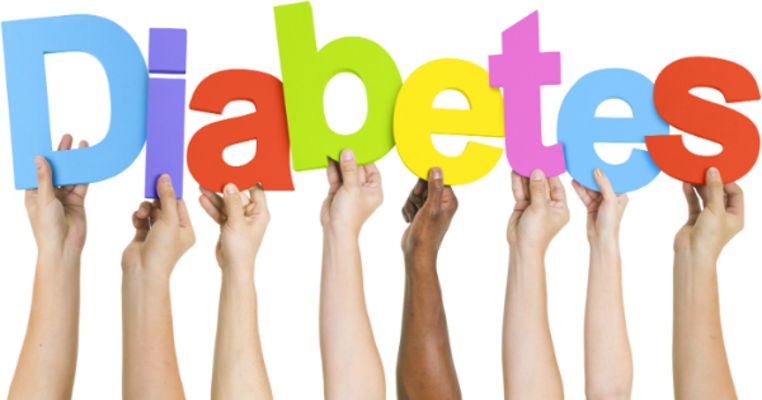
22 Common Symptoms of Type II Diabetes
1. Mood Changes Mood change is sometimes one of the first symptoms to suggest …
